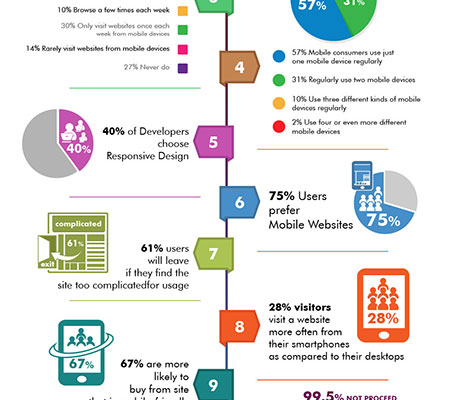Fascinated In Learning How Site Style Has Changed For Many Years? Check Out The Trip
Fascinated In Learning How Site Style Has Changed For Many Years? Check Out The Trip
Blog Article
Article Author-Pappas Clarke
In the past, sites were simple and focused on details. Navigating was straight, and layout was for desktop computers. Now, mouse click for source is essential. Data guides designs for easy navigating. Responsive designs suit various devices. Today, dark mode minimizes stress, and minimalist menus boost navigation. Interactive features involve users, and strong visuals stand apart. AI assimilation enhances involvement. See just how design has evolved to enhance your online journey.
Very Early Days of Website Design
In the very early days of website design, simpleness reigned supreme. Websites were standard, with restricted colors, typefaces, and designs. The emphasis was on giving information instead of flashy visuals. Individuals accessed the web with slow-moving dial-up links, so rate and capability were vital.
Navigating food selections were straightforward, typically located at the top or side of the web page. Sites were made for desktop computers, as mobile browsing wasn't yet prevalent. Web content was king, and developers focused on easy readability over complicated style elements.
HTML was the primary coding language made use of, and designers had to function within its constraints. Animations and interactive features were very little contrasted to today's requirements. Web sites were fixed, with little dynamic material or individualized user experiences.
Surge of User-Focused Style
With the advancement of web site layout, a shift towards user-focused layout concepts has ended up being increasingly famous. Today, creating websites that prioritize individual experience is critical for engaging site visitors and accomplishing service objectives. User-focused layout entails recognizing the requirements, choices, and habits of your target audience to customize the site's design, material, and features as necessary.
Designers currently conduct complete study, such as individual surveys and functionality testing, to collect understandings and responses straight from customers. This data-driven technique aids in producing instinctive navigating, clear calls-to-action, and visually enticing user interfaces that resonate with visitors. By positioning the user at the facility of the design process, sites can deliver a more individualized and pleasurable experience.
Responsive layout has additionally emerged as a vital element of user-focused design, making certain that web sites are enhanced for various tools and display sizes. This flexibility improves availability and use, accommodating the diverse ways users engage with websites today. In essence, the rise of user-focused style indicates a change in the direction of developing electronic experiences that prioritize the demands and assumptions of completion customer.
Modern Trends in Website Design
Check out the current trends forming web design today. One prominent trend is dark setting layout, providing a smooth and contemporary appearance while minimizing eye pressure in low-light atmospheres. An additional vital trend is minimalist navigation, simplifying food selections and enhancing user experience by concentrating on essential elements. Incorporating micro-interactions, such as animated switches or scrolling impacts, can create a more interesting and interactive web site. Receptive design remains crucial, making sure seamless user experiences across numerous gadgets. Additionally, making use of vibrant typography and asymmetrical designs can add aesthetic rate of interest and draw attention to particular web content.
Integrating AI technology, like chatbots for customer support or personalized recommendations, boosts user interaction and improves procedures. Availability has additionally end up being a substantial pattern, with developers prioritizing comprehensive layout techniques to accommodate diverse user needs. Embracing sustainability by enhancing internet site performance for rate and efficiency is one more emerging pattern in web design. Collaborating with individual responses and information analytics to repeat and boost design continually is vital for staying pertinent in the ever-evolving digital landscape. By embracing these contemporary trends, you can create an aesthetically appealing, easy to use website that resonates with your audience.
Verdict
As you review the advancement of web site design from the very early days to currently, you can see how user-focused design has actually become the driving force behind contemporary patterns.
Accept the journey of modification and adaptation in website design, always maintaining the user experience at the forefront.
Tippingpointdigital
Stay existing with the most recent patterns and innovations, and never ever quit evolving your technique to produce visually sensational and easy to use websites.
Develop, adapt, and develop - the future of web design is in your hands.
